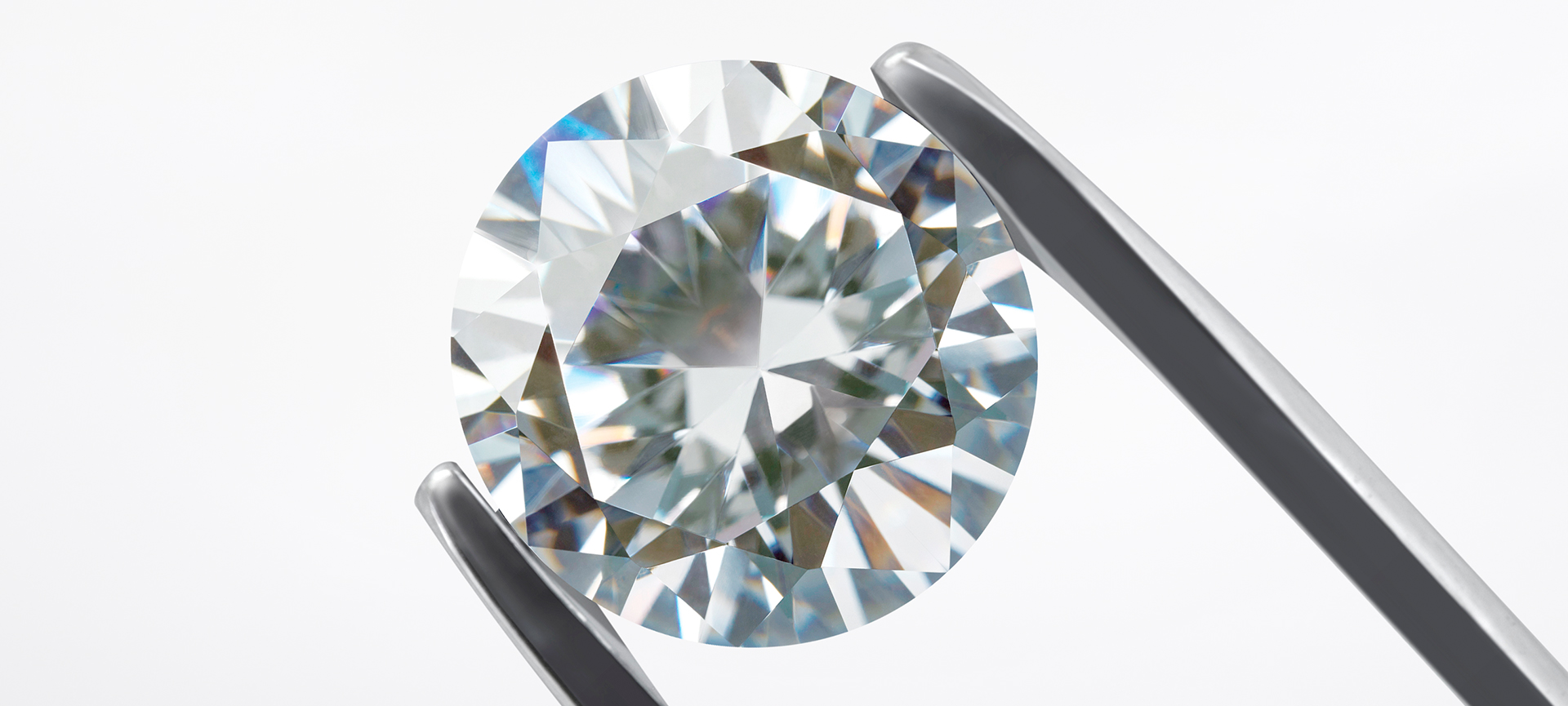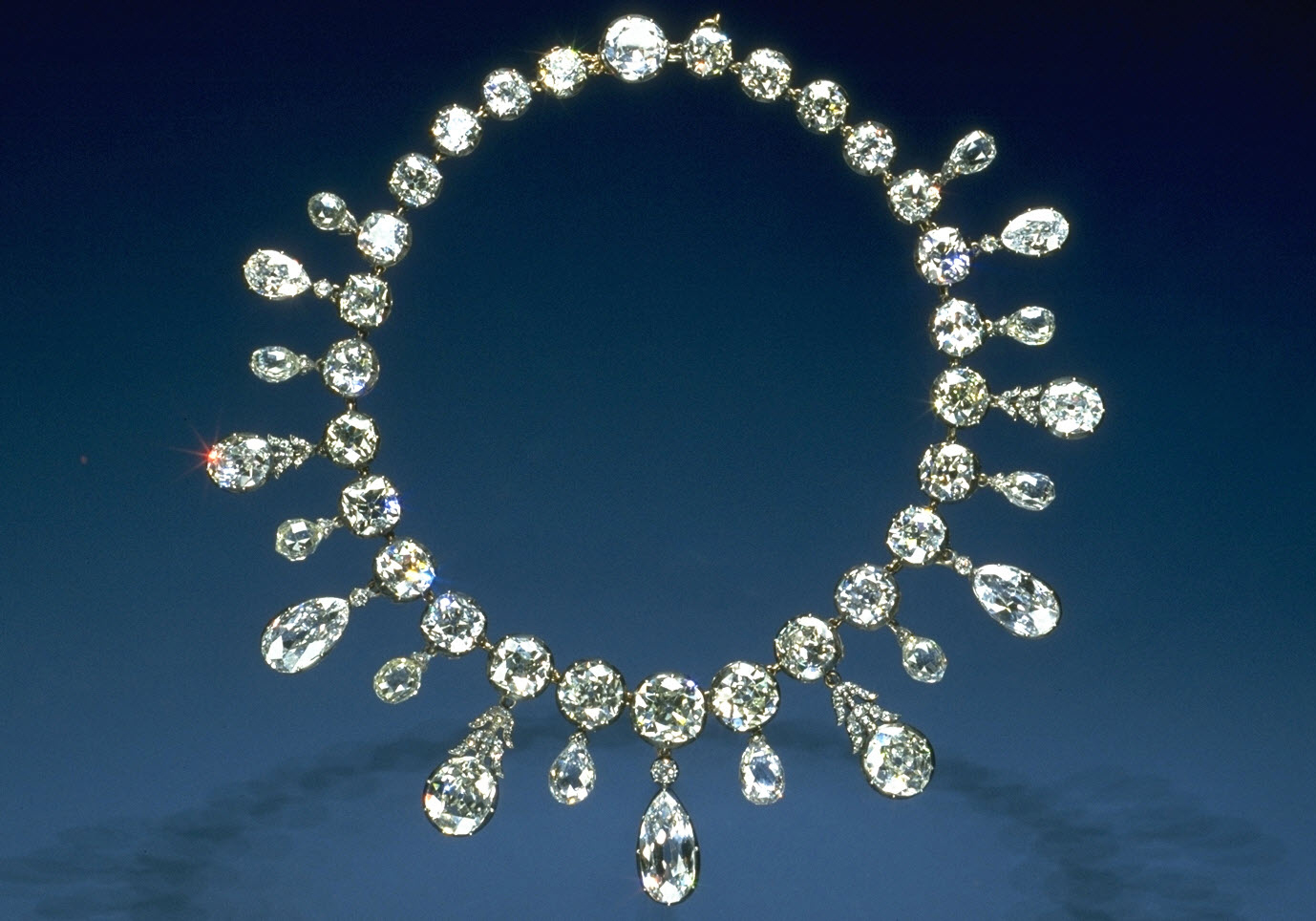The Portuguese, a 127.01 carat Asscher cut diamond, was graded by GIA as VS1 clarity, M color, with Very Strong blue fluorescence. Photo: Chip Clark, Courtesy: Smithsonian Institution
Surprisingly, the 127.01 carat diamond called the Portuguese seems to have no connection to its namesake country. Legend claimed this diamond was found in the mid-1700s in Brazil and belonged to Portuguese royalty. However, there is no evidence to support this story. Instead, records indicate the diamond was found at the Premier Mine in Kimberley, South Africa, in 1910. (more…)




